I don’t really go in for World ‘Something’ Days, myself.
Whether it’s for celebrating the existence of dogs or raising awareness of cancers, there’s a performative tone about these days that often cringes me out.
Today, it’s World Mental Health Day, and I’m seeing it all happen in real time.
A bubble-lettered graphic of ‘It’s OK not to be OK’ reposted to a hundred Instagram stories. A yellow scrunchie for ‘wear yellow day’ and 50p in the office collection tin. A targeted ad for daylight therapy lamps – 30% off – as the dark nights close in.
People and companies are so concerned with being seen to be participating that the gestures have almost taken on more importance than the subject of the day itself.
Honestly, it all feels a bit icky. And I think I know why.
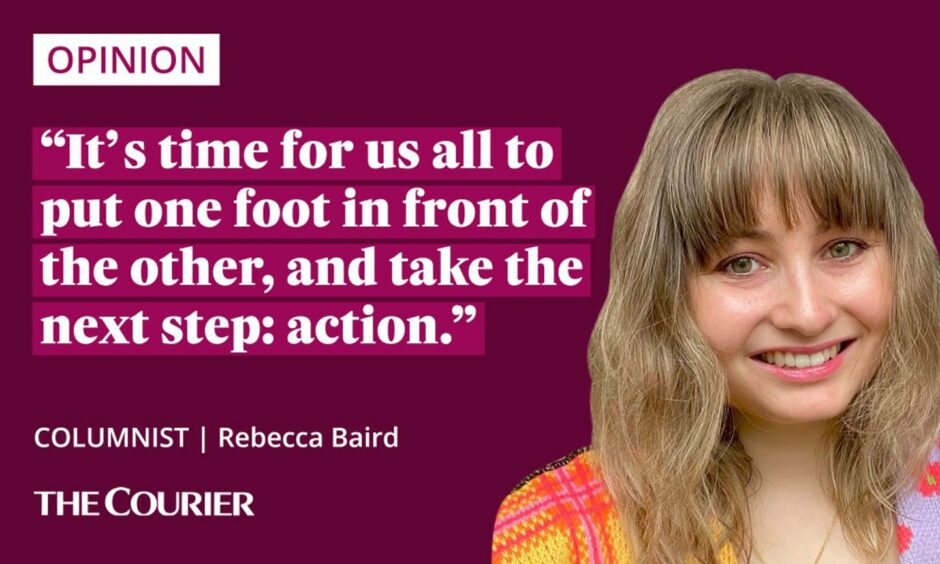
Days like today have turned into publicity performances because the issues they address are actually too intimidating to think about beyond that.
There is no time, in this world, for Monday’s revelations to spill into Tuesday.
There is no time to open the box of a problem that can’t be neatly packaged by a hashtag and sponsored walk, and shut off with tomorrow morning’s alarm clock.
Health is not something you can ‘achieve’
But in a Scotland where one in three adults is likely to be affected by mental health issues in any one year, we must actively work to reach or maintain a healthy mind.
We must make the time, over and over and over again.
The idea that ‘health’ is a state that, once achieved, will self-sustain, is a myth.
Entropy is a law of the universe; everything breaks down unless we work to keep it up.
Iconic. Dennis and Gnasher in yellow. @BeanoOfficial 💛 #HelloYellow pic.twitter.com/cgVZDYLFAg
— YoungMinds (@YoungMindsUK) October 10, 2022
And as much as the discussion around mental health is (rightly) centred on getting help, there needs to be an element of responsibility for ourselves, too.
The veil of shame and stigma that surrounds mental health issues is nowhere near gone. But we’ve now had a whole generation of folk like me, who were brought up in GP waiting rooms plastered by See Me posters and had leotarded theatre groups brought into school to teach us the secret signs of anorexia or self-harm.
Mental health awareness is embedded in our perception of the world; it’s not something we’re relearning, like it may have been for generations before.
We know when we are anxious, depressed, addicted or burnt-out, dissociating or traumatised.
In fact, Millennials have got such an extensive emotional vocabulary that we’re routinely mocked for assigning a diagnosis to every feeling.
What I’m saying is folk are, and have been, aware – for many years.
But suicide is still the leading cause of death among children and young adults.
We still see stories every day of kids like Molly Russell, kids who have been failed by a world they didn’t build, and it’s cost them their lives.
Mental health ‘awareness’ isn’t enough
Awareness isn’t enough anymore.
What’s needed now is action.
Action from the government to tackle the “gaping hole” in mental health services, caused by backed-up waiting lists and major staff shortages.
And, just as importantly, action from ourselves – to prevent or confront what might be ailing in our heads, or those of the people we love.
Actions like moment of really honest reflection instead of doomscrolling to drown out your thoughts.
Or a phone call to a parent or friend where you ask for help, without apologising – or offer it, without judgement.
An appointment at the GP to start the medication, again.
Breaking up, stepping back, saying ‘enough’.
A yes to the socialising but a no to the drinks because you know it’ll leave you in a worse place than you started.
The bravery to admit that maybe, this Monday, things are not OK. And they won’t be OK tomorrow, either.
It’s scary, treating mental health as something more than a buzzphrase. It’s scary to admit you’re not fine, even (especially) to yourself.
But awareness is only the first step in society’s journey to healing the wounds it’s created in the minds of so many.
It’s time for us all to put one foot in front of the other, and take the next step: action.
So make your yellow jumper (or scrunchie, or socks) more than a gesture of solidarity, or visibility, or ‘awareness’ today.
Make it a promise to do something, for yourself or someone you love.
Even if you do it tomorrow.
If you are affected by the issues in this article and need support, call Samaritans any time on 116 123.

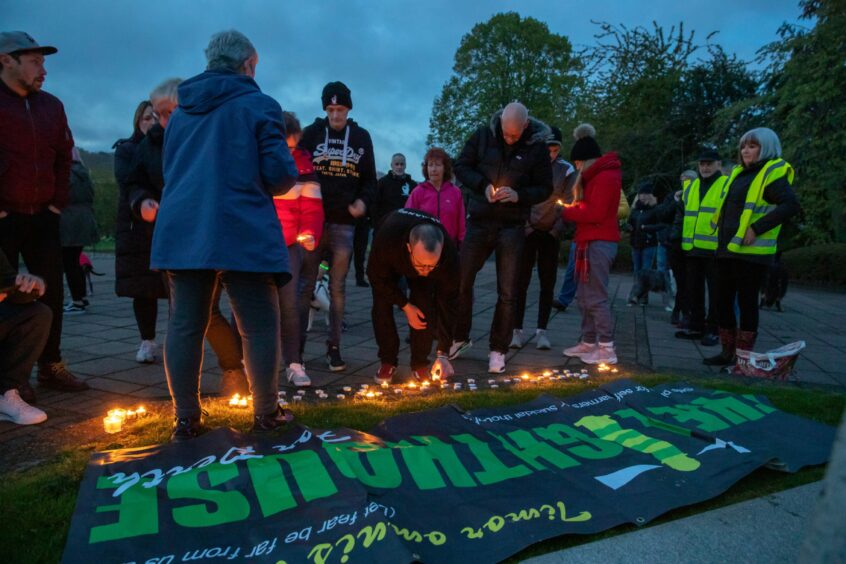
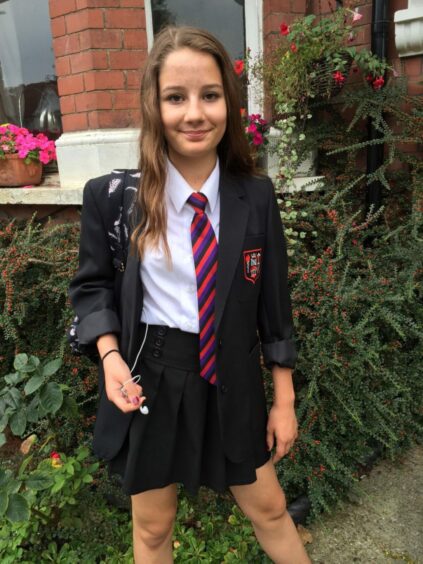

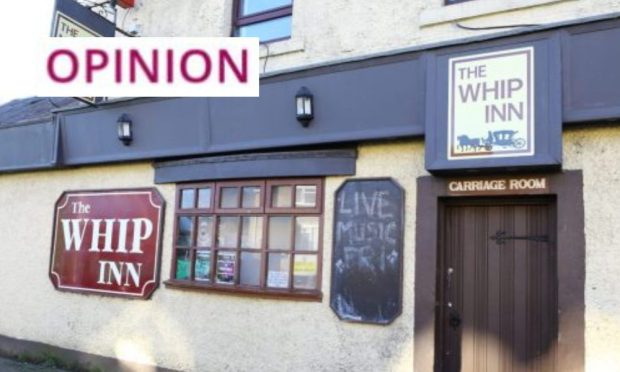
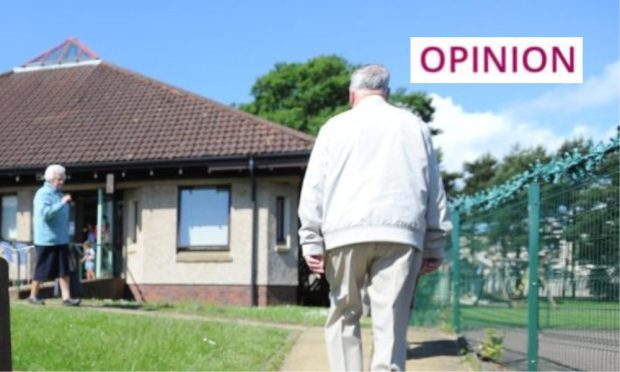
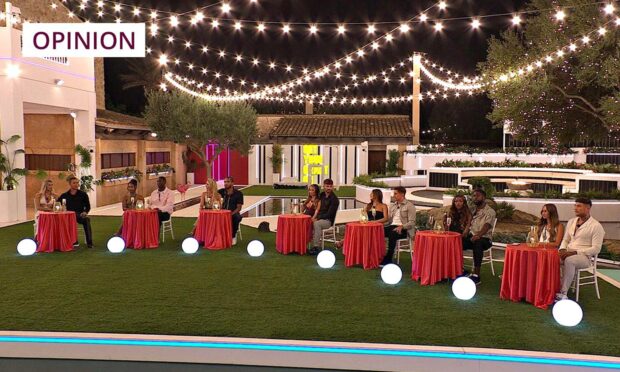
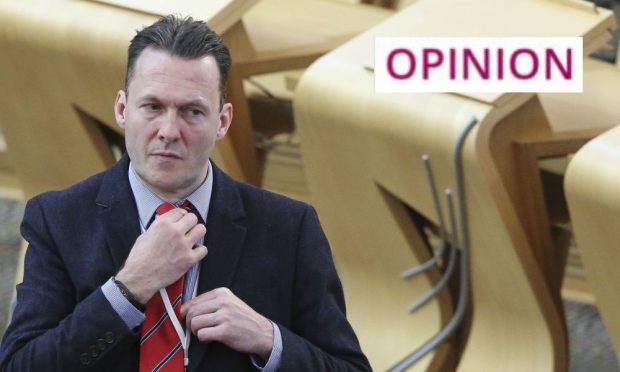
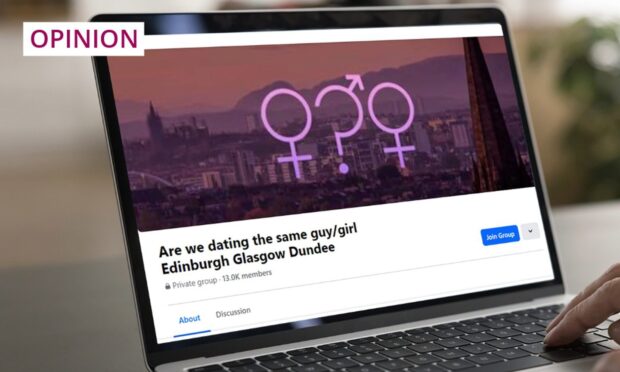


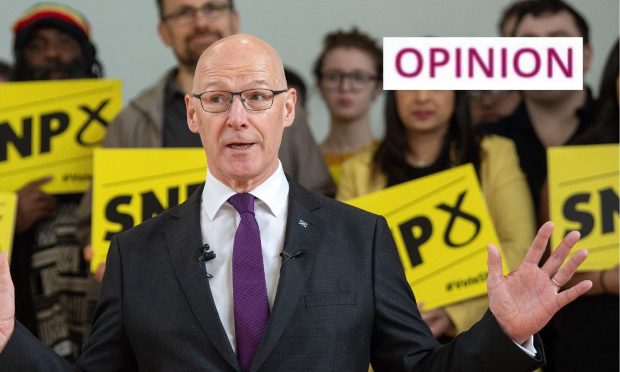
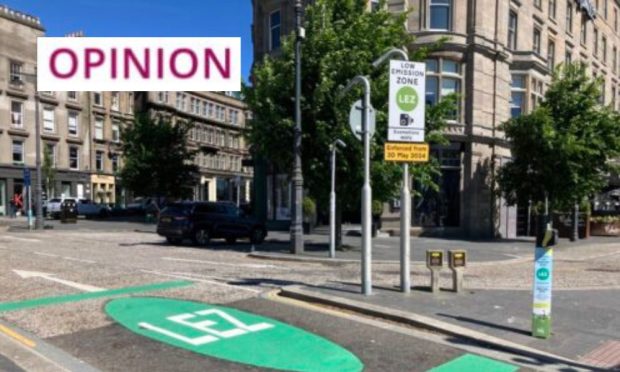
Conversation